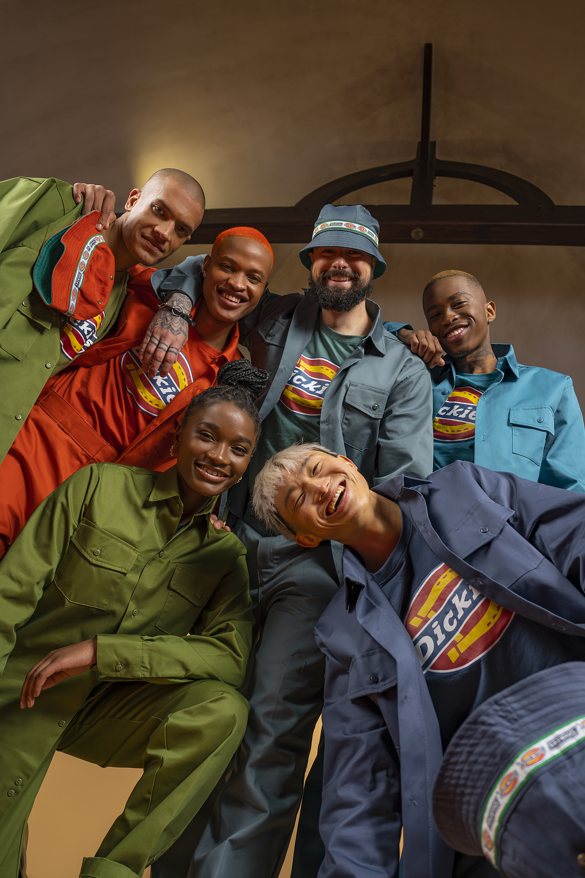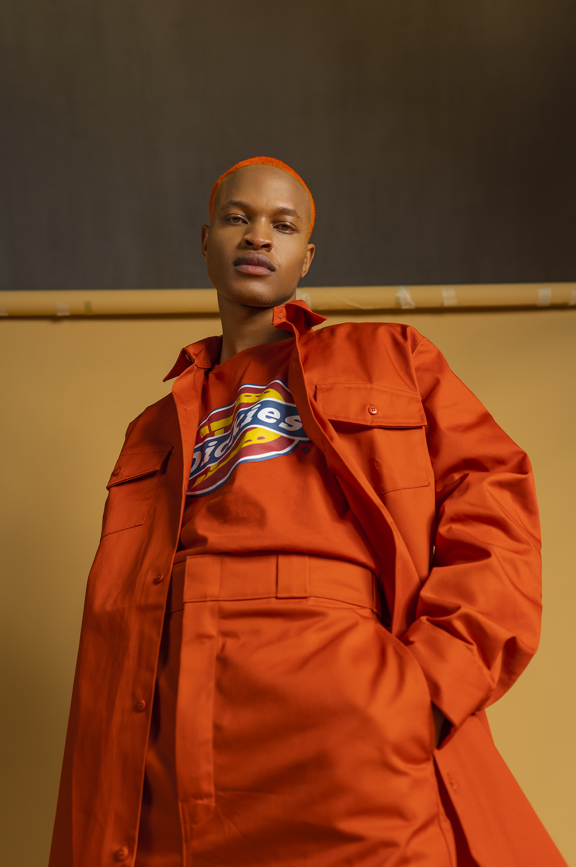
Through its devotion to innovation and dedication, Dickies transformed itself from a small dungarees company to the largest workwear manufacturer in the world. The brand offers an array of workwear garments- men and women’s pants, shirts, denim jeans, kidswear and accessories. In 1967, Dickies made their signature 874® twill work pants. These pants were considered practically indestructible and quickly gained popularity, becoming Dickies’ most popular work pants to date.
As much as Dickies had originally positioned itself as a brand predominately worn by workers, in the late 1980s the brand started gaining major popularity in street culture. In South Africa Dickies became very popular amongst; skateboarders, trendsetters, Amapantsula and kwaito stars.
Dickies has since played an important role in the arts; mainly pantsula.
Amapantsula’s adaptation of the brand’s workwear represented a sort of reclamation and contextualisation of a way of life to them. In street culture however; the brand is mostly worn by trendsetters and creatives regarded as ‘cool’. As soon as one is spotted in Dickies, they are instantly deemed a ‘cool kid’.
Dickies South Africa as a brand was largely influenced by kwaito music, more specifically the kwaito group; Trompies. Not only is Dickies an important part of South African culture; the culture has helped shape Dickies as a brand in a South African context.
Regardless of Dickies not being a South African brand, it is authentically woven in South African history and culture.


